As a long-time Leo owner, I’ve learned that keeping these charming reptiles hydrated and comfortable is a delicate balance. Leopard geckos thrive in a well-managed habitat, and while they don’t require constant misting like some other reptiles, they do benefit from it in certain situations.
Do Leopard Geckos Need Misting?
During sweltering weather conditions, an occasional mist can aid in maintaining appropriate humidity and moisture levels, which are crucial for their well-being. It’s especially helpful to ease the arduous process of shedding, allowing them to shed their old skin more efficiently.
Choosing between manual and automatic systems for misting can impact the ease of maintaining these moisture needs. A manual approach means infrequent bursts of mist are applied, allowing the gecko to lick droplets off its body, which can be a source of hydration.
Alternatively, an automatic system can provide a more consistent environment, especially useful when running a tank at a higher temperature. However, it’s important to monitor moisture levels regularly, as over-misting can lead to issues. This delicate balance of water and humidity is something I’ve come to understand through reading and experience, ensuring my gecko’s head remains high and its life, happy.
Table of Contents
1. Do Leopard Geckos Need Misting?
Leopard geckos, which originate from arid, non-tropical terrain, surprisingly enjoy misting as it helps to keep them cool and content. It’s recommended to mist adult geckos twice a week, particularly when preparing to shed. Humidity can be maintained using moist boxes, which eliminate the need for frequent misting.
However, hatchlings and baby leos up to three months old require daily misting as their skin sheds more frequently. This is crucial to ease their shedding process. They don’t necessarily go to the box at every stage of shedding, which happens often.
When sharing a habitat with a hostile mate, misting can help them get along in the process. While it’s not always required, it’s a great time to gently check on your gecko. Just bear in mind that a little bit of spray is enough. The gentle mist tends to evaporate quickly, ensuring no harm. This practice helps to avoid common issues like stuck or partial sheds, which owners usually encounter.
Related Read: DO LEOPARD GECKOS NEED BATHS
Shedding Issues
Shedding issues in leopard geckos can be alarming, particularly when they start losing toes due to stuck skin. This happens when the skin dries up and tightens, constricting the blood supply and getting obstructed. Without adequate oxygen, the area can start decaying and eventually fall off, leading to infection.
Turning dull is a sign that the shedding process has been initiated. In these cases, gentle misting of the habitat can be beneficial, and sometimes, applying it directly to the affected area helps. If these issues occur, professional help should be sought immediately. An experienced veterinarian can evaluate the situation and determine the best method of treatment.
Often, these complications are related to humidity levels being too low in the habitat, especially when the skin remains stuck. Ideal situations prevent the skin from becoming too dry.
Tip: Regular misting can reduce stress and help avoid these problems. If the old skin doesn’t loosen adequately, the remaining parts need to be removed carefully. Maintaining the right humidity levels is crucial in preventing shedding-related problems.
Misting the Habitat
Misting is vital in maintaining a healthy environment for your leopard gecko’s habitat. Doing it daily meets their moisture requirements, ensuring skin shedding is promoted and humidity levels are perfectly maintained.
It’s essential to consider these factors when applying mist to the environment of your leopard gecko:
- Providing a mist in the habitat daily is a key source of water for Leopard geckos to survive and live healthily. Although they originate from a dry environment, misting is required for proper skin shedding.
- Misting the habitat of a leopard gecko ensures the appropriate humidity level is maintained, ideally around 40%. Too low or high humidity levels can be problematic; excessive misting without proper ventilation may result in fogging and poor air quality.
- Leopard geckos often experience complications with shedding if humidity levels are below 20% or too high, exceeding 40%. Such extremes increase their susceptibility to numerous infections.
- The habitat of leopard geckos should be ideally misted several times a week, ensuring a comfortable environment. For baby leopard geckos, occasional misting is sufficient.
- The primary purpose of misting a leopard gecko’s habitat is to maintain humidity levels and provide the required moisture. Watering should not be confused with misting, as each serves a distinct role.
- Misting allows the substrate in the habitat to contain the right amount of sprayed water, making watering hardly necessary as a result.
Also Read: WHAT CAN LIVE WITH A LEOPARD GECKO?
Misting Methods
Two approaches exist for misting your leopard gecko and their environment. You can either use a soft spray bottle for manual misting or opt for an automated misting system to simplify the process.
1. Automated Misting
Installing an automated misting system offers convenience and helps to avoid the risk of forgetting to mist, which is ideal for routinely maintaining Leo’s habitat. This not only protects against health issues related to improper moisture in the air but also prevents various issues like losing life due to the busy demands of work or school.
Since leopard geckos are crepuscular creatures that wake at night, manual misting can be an inconvenience, whereas an automated system aids in controlling humidity levels. It’s crucial to prevent the habitat from becoming extremely dry or filled with hot air, ensuring shedding is done successfully.
Owners of leopard geckos are recommended to install these systems to maintain a consistent humidity range between 20% and 40%.
Also Read: WHY DOES MY LEOPARD GECKO STARE AT ME
2. Manual Misting
Manually misting the habitat of a leopard gecko can be an inexpensive yet effective method, using just a spray bottle. It’s particularly recommended for those with a busy lifestyle who may not want the added responsibility and cost of a humidifying device.
This practice is key in keeping your leopard gecko cool and can be effectively completed by people who might not have the money to purchase an automated mister. The best way to do this is to buy a simple spray bottle from your local store, fill it with room-temperature water, and spray it directly into the habitat, ensuring not agitate or upset the gecko.
Aim for the other end of the tank to minimize stress on the animal, especially during shedding periods. To stay healthy, it’s wise to set a daily alarm on your smartphone to remind you to mist, so you don’t neglect this important aspect of pet care.
Avoid Excessive Misting
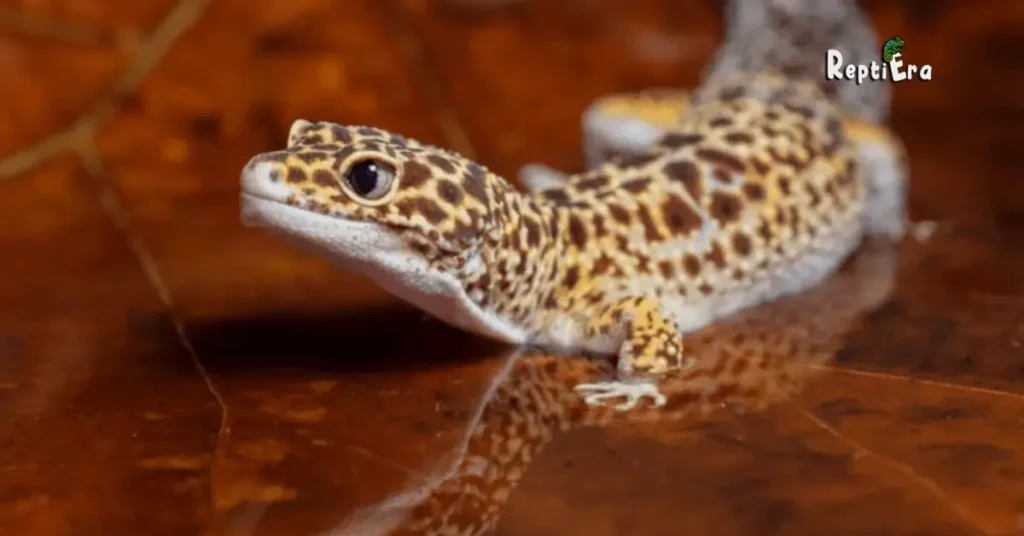
Excessively misting a leopard gecko’s habitat can lead to high levels of humidity, which may cause respiratory issues due to their inability to breathe effectively in thick, hot air. This can adversely affect their delicate bodies, especially their small lungs. Misting should be done once a day as required.
Decreasing humidity levels can be a challenge, but you can avoid this by removing items that are retaining moisture. A light spray in the evening as you bid your gecko goodnight is often sufficient. Monitoring with a hygrometer is key; ensure the humidity doesn’t drop below 20% or exceed 40%.
For those living in extremely humid environments, maintaining these levels without the problems of dropping can be tough. Respiratory infections are not an ideal situation and might require special treatment with antibiotics to resolve, a situation best avoided by not excessively misting.
Also Read: DO LEOPARD GECKOS NEED SUBSTRATE
Misting with Purified Water
Using contaminated water can negatively affect the health of a leopard gecko, making purified water crucial, especially since they often lick droplets from the sides of their habitat. Regular tap water or even some types of bottled water may contain harmful chemicals, posing a risk.
To protect your gecko from exposing themselves to trace contaminants, purifying the water is a better option. Offering them purified water to drink is vital to protect these susceptible creatures from experiencing issues related to drinking water that could affect their bodies.
Note: Purified water is stronger in flushing out toxins that could be detrimental, and using it poses a lower risk and is pertinent to their longevity and healthful life. Getting rid of chemicals is a key benefit, making purifying options valuable not just for your leopard gecko but for all members of your beloved family.
FAQs
Why Should You Only Mist with Purified Water?
Using contaminated water can negatively affect the health of a leopard gecko. It’s ideal to use purified water for misting, as geckos often lick drops off their bodies and objects inside their habitat.
Should I Mist my Leopard Gecko?
Occasionally misting your leopard gecko can help with shedding and keep them hydrated. It increases the moisture and humidity levels inside their habitat, which significantly makes it easier for your Leo.
Do Leopard Geckos Like Being Sprayed with Water?
Leopard geckos generally enjoy being sprayed with water using a gentle mister. However, large spray bottles or hoses don’t work well as they can be too rough and make the gecko fearful or aggressive.
How Often Should You Mist Your Leopard Gecko?
An adult gecko should be misted twice a week, especially during the shed to maintain a moist and humid environment. Hatchlings and babies up to three months old require daily misting, especially in a misting box, to help the baby leopard gecko’s skin shed more easily and get rid of old and moist skin.
Do leopard geckos need to be wet?
Leopard geckos need fresh water daily in their water dish, but they do not typically soak their entire body. Additional soaks in a shallow, warm water bath for 15-20 minutes, 2-3 times a week, can be helpful, especially during the shed.
Do leopard geckos need a humidifier?
Although leopard geckos are natural desert inhabitants, they still require some humidity in their habitats, with the ideal range being 40-60%. These levels can be easily achieved using a reptile fogger, which is basically a humidifier with a bendable hose.
Do leopard geckos need UVA?
Leopard geckos need UVA/UVB light to help their bodies produce vitamin D, which is essential for bone health. This light is important for proper bone density and overall bone development, allowing these lizards to synthesize what is needed for their body and bones to develop properly.
How do you rehydrate a leopard gecko?
- Ensure daily cleansing of water dishes, maintaining fresh and clean water.
- Provide moist food to your reptile for increased moisture intake.
- Regulate temperature and humidity within the reptile’s enclosure to maintain appropriate environmental moisture and prevent excessive dryness.
Conclusion
In conclusion, the care of leopard geckos involves a nuanced approach to misting and habitat maintenance. While these desert-dwelling creatures do not require excessive humidity, a controlled misting routine is beneficial, especially to aid in shedding and hydration. Automated misting systems offer convenience, yet manual misting remains a viable and budget-friendly alternative.
It’s crucial to use purified water to avoid potential health risks and to maintain the humidity levels between 40-60%, using tools like a reptile fogger for precision. Additionally, the importance of UVA/UVB lighting in promoting bone health in leopard geckos cannot be overstated. Understanding these aspects of leopard gecko care ensures that these fascinating reptiles thrive in their environments, highlighting the balance between natural habitat conditions and the needs of a captive environment.
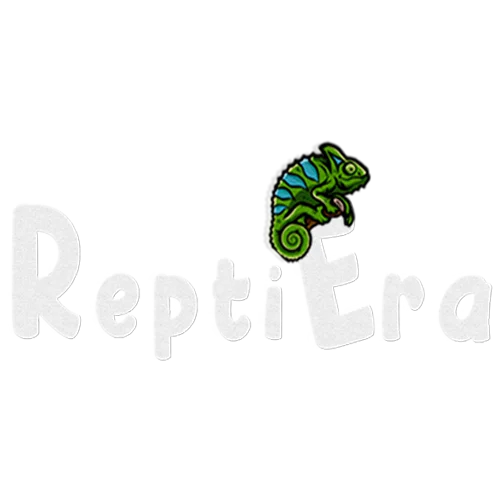
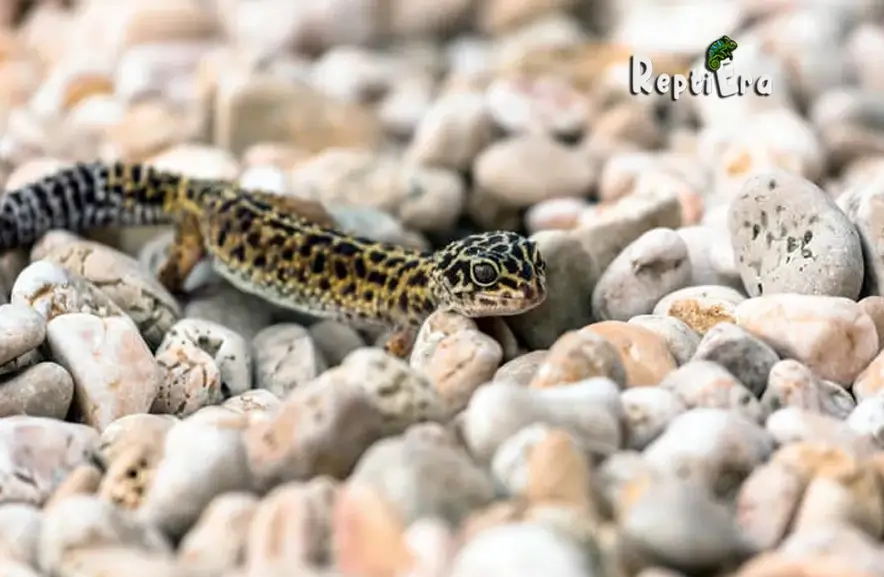
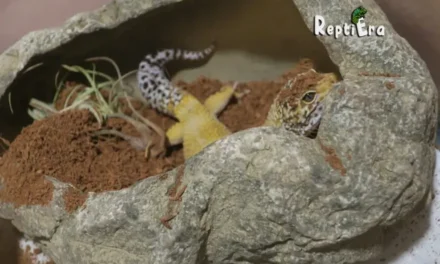
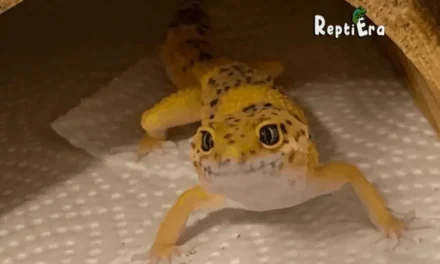
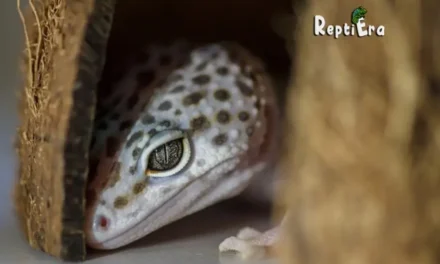
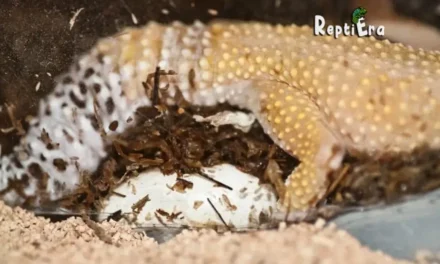
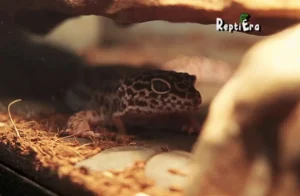
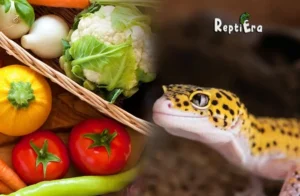
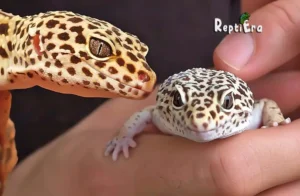
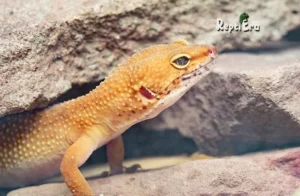
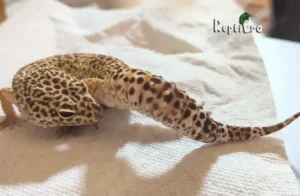
Your article helped me a lot, is there any more related content? Thanks!
Thanks for sharing. I read many of your blog posts, cool, your blog is very good.
Thank you for your sharing. I am worried that I lack creative ideas. It is your article that makes me full of hope. Thank you. But, I have a question, can you help me?
Hello! I’ve been reading your site for a long time now and finally got the courage to go ahead and give you a shout out from Humble Texas! Just wanted to tell you keep up the great work!